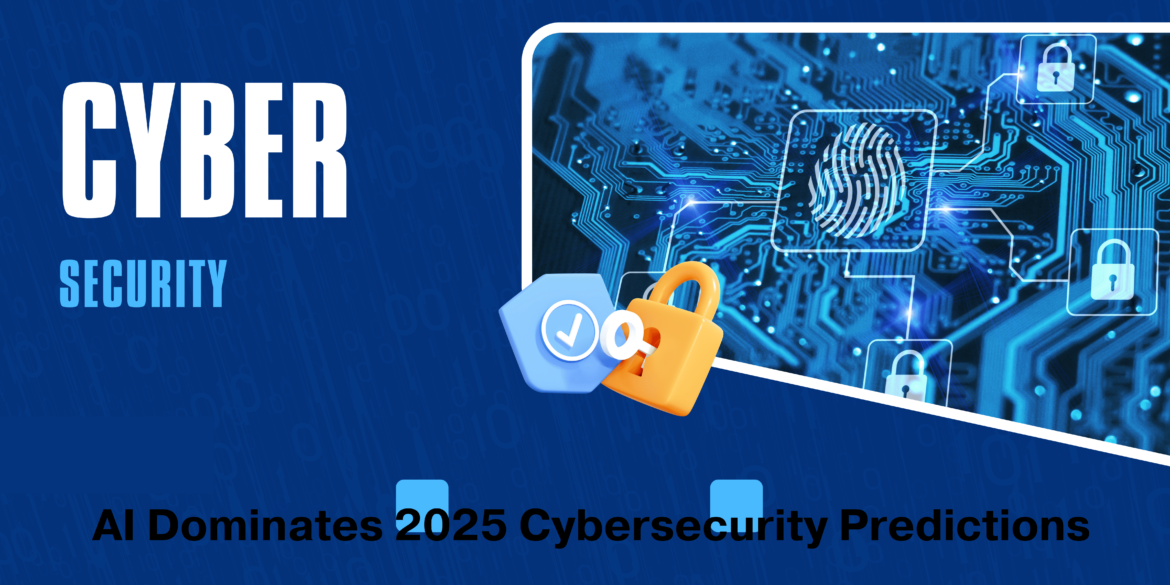AI Dominates 2025 Cybersecurity Predictions
As we step into 2025, the landscape of cybersecurity is undergoing a seismic shift, driven by the rapid advancements in Artificial Intelligence (AI). The integration of AI into cybersecurity strategies is no longer a futuristic concept but a present-day reality. Here’s how AI is poised to dominate the cybersecurity landscape in 2025.
1. Proactive Threat Detection
AI’s ability to analyze vast amounts of data in real-time has revolutionized threat detection. By leveraging machine learning algorithms, AI systems can identify patterns and anomalies that may indicate potential security breaches. In 2025, we expect to see AI-driven security solutions that can not only detect threats but also predict and mitigate them before they can cause significant damage.
2. Automated Response Systems
The speed of cyberattacks has necessitated the development of automated response systems. AI-powered cybersecurity solutions are now capable of responding to threats autonomously, minimizing the time between detection and response. This automation is critical in mitigating the impact of attacks and ensuring that organizations can maintain business continuity.
3. Enhanced Identity and Access Management (IAM)
AI is transforming IAM by providing more secure and efficient ways to manage user identities and access privileges. In 2025, biometric authentication and AI-driven behavioral analysis will become the norm, replacing traditional password-based systems. These technologies will enhance security by ensuring that access is granted based on a comprehensive analysis of user behavior.
4. Advanced Phishing Detection
Phishing attacks continue to be a significant threat, but AI is making strides in combating them. AI systems can analyze emails and other communications to detect phishing attempts with high accuracy. In 2025, AI will play a crucial role in protecting individuals and organizations from phishing by continuously learning and adapting to new tactics used by attackers.
5. Predictive Analytics and Threat Intelligence
Predictive analytics powered by AI will enable organizations to stay ahead of potential threats. By analyzing historical data and identifying trends, AI can provide actionable insights and threat intelligence. This proactive approach will help organizations to anticipate and prepare for future cyber threats, reducing their vulnerability.
6. AI in Endpoint Security
Endpoints are often the weakest link in cybersecurity, but AI is changing that. AI-driven endpoint security solutions can continuously monitor devices, detect unusual behavior, and respond to threats in real-time. In 2025, these solutions will be essential in protecting the growing number of connected devices in the Internet of Things (IoT) ecosystem.
7. AI for Compliance and Risk Management
Regulatory compliance is a critical aspect of cybersecurity. AI can help organizations manage compliance by automating the monitoring and reporting of security controls. In 2025, AI will play a key role in ensuring that organizations meet regulatory requirements, reducing the risk of non-compliance and associated penalties.
Conclusion
As we look forward to 2025, it is clear that AI will be at the forefront of cybersecurity innovation. Its ability to analyze data, detect threats, and respond autonomously will transform how organizations protect their digital assets. However, as AI becomes more integral to cybersecurity, it is also essential to address the potential risks associated with its use, such as algorithmic bias and the need for human oversight. By embracing AI while remaining vigilant, organizations can navigate the evolving cybersecurity landscape with confidence.





